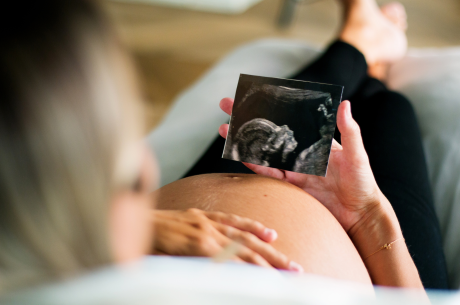“First Nations people have lived sustainably in Australia for millennia,” explains Yung Balug man Amos Atkinson. “They used fire to care for Country, and to manage plants and animals for food and other cultural purposes. Aboriginal people successfully lived with repeated cycles of flooding and drought. They thrived through the last Ice Age and the warming that followed.”
Understanding these ancient patterns of land use and resource management has important lessons for modern Australia, as we grapple with climate change and its devastating effects on our environment and society.
Archaeologist, Professor Susan Lawrence, explains that much of our knowledge about how Aboriginal people lived on Country comes from the semi-arid and arid environments of northern and central Australia. “Yet prior to colonisation it’s likely more Aboriginal people would have lived along the river corridors of south-eastern Australia, where water and food were abundant,” she says.
Yung Balug and Dja Dja Wurrung Country in north-central Victoria provides an opportunity to study a rich cultural landscape of rivers, lakes and wetlands, that provided people with fish and shellfish, birds, mammals, and plants for food and fibre.
The team will draw on Traditional Ecological Knowledge and modern approaches from archaeology and Aboriginal Studies to better understand how access to water and the use of fire have shaped land use, the availability of food plants like yams and lilies, and the availability of fibre plants like cumbungi.
“We are developing an archaeological record for Yung Balug Country that spans the entirety of human history in Australia, from deep time, the recent past, and now,” explains team member Dr Jillian Garvey.
“This new knowledge is helping to empower Dja Dja Wurrung women to actively care for Country for the first time since colonisation and is providing the basis for achieving the Yung Balug Clan’s long-term goals in education, tourism, and self-determination.”
Amos Atkinson observes that “The important thing about this project is that it is a collaboration, not a partnership, and it is Traditional Owner led.”
Atkinson adds, ‘We come from the oldest modern living culture in the world and this project will help us to preserve not only our culture but Australia’s culture. We talk about flood, fire and food and when we see it happening now we realise that this traditional knowledge can help us live more in tune with the environment.”
Find out more about the Department of Archaeology and History. Visit the website and LinkedIn.



